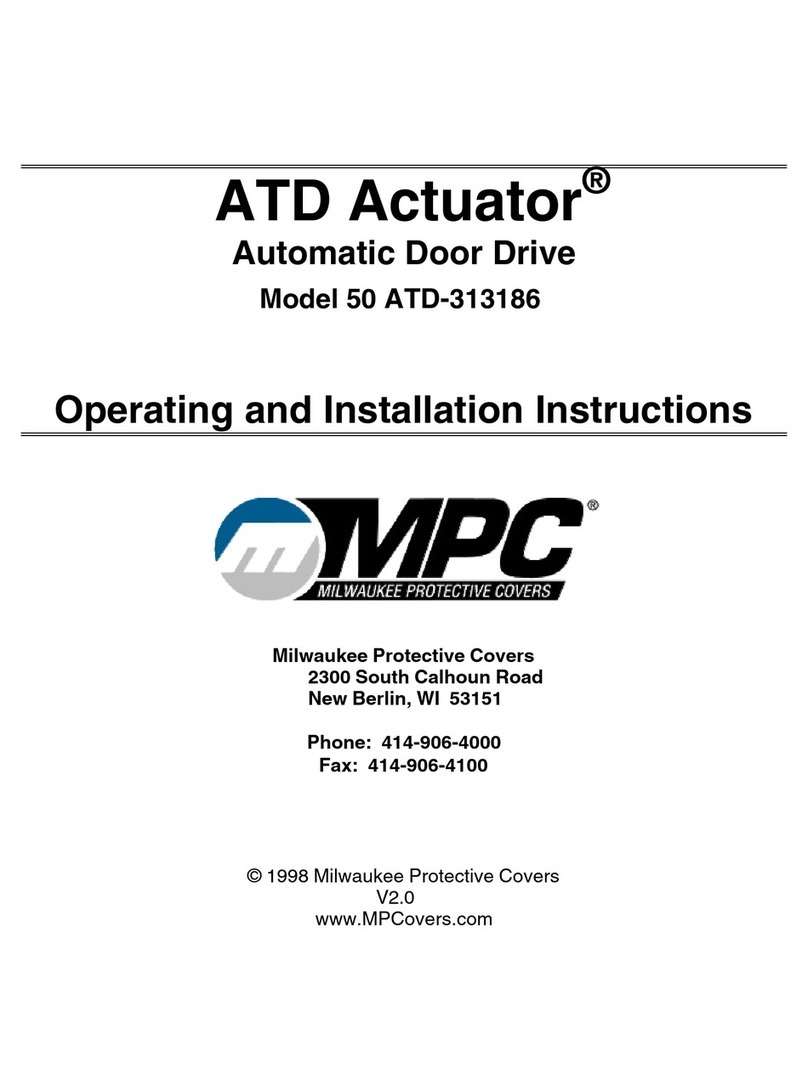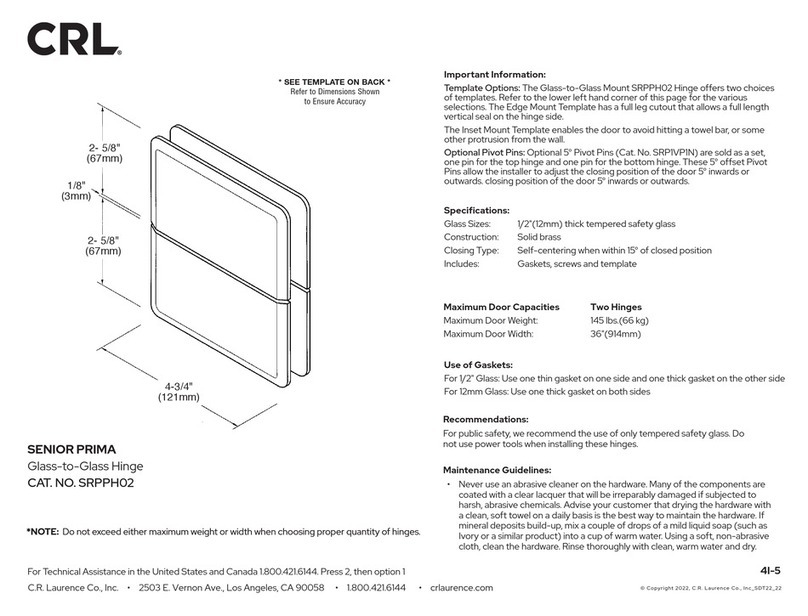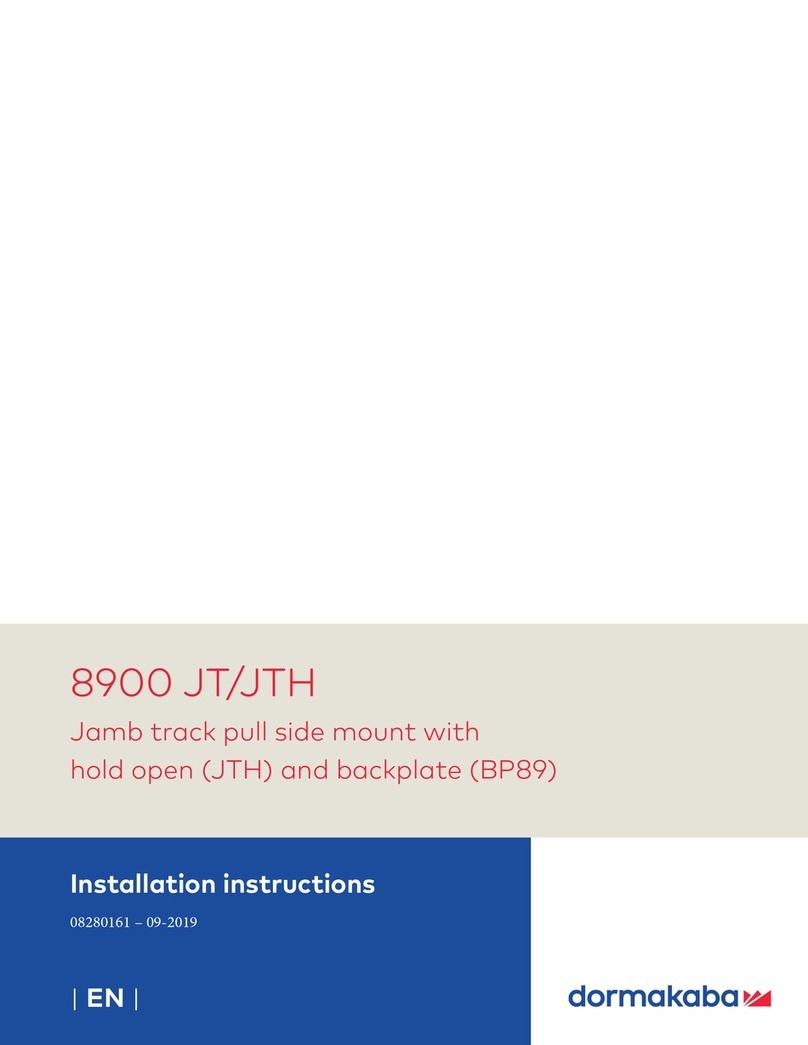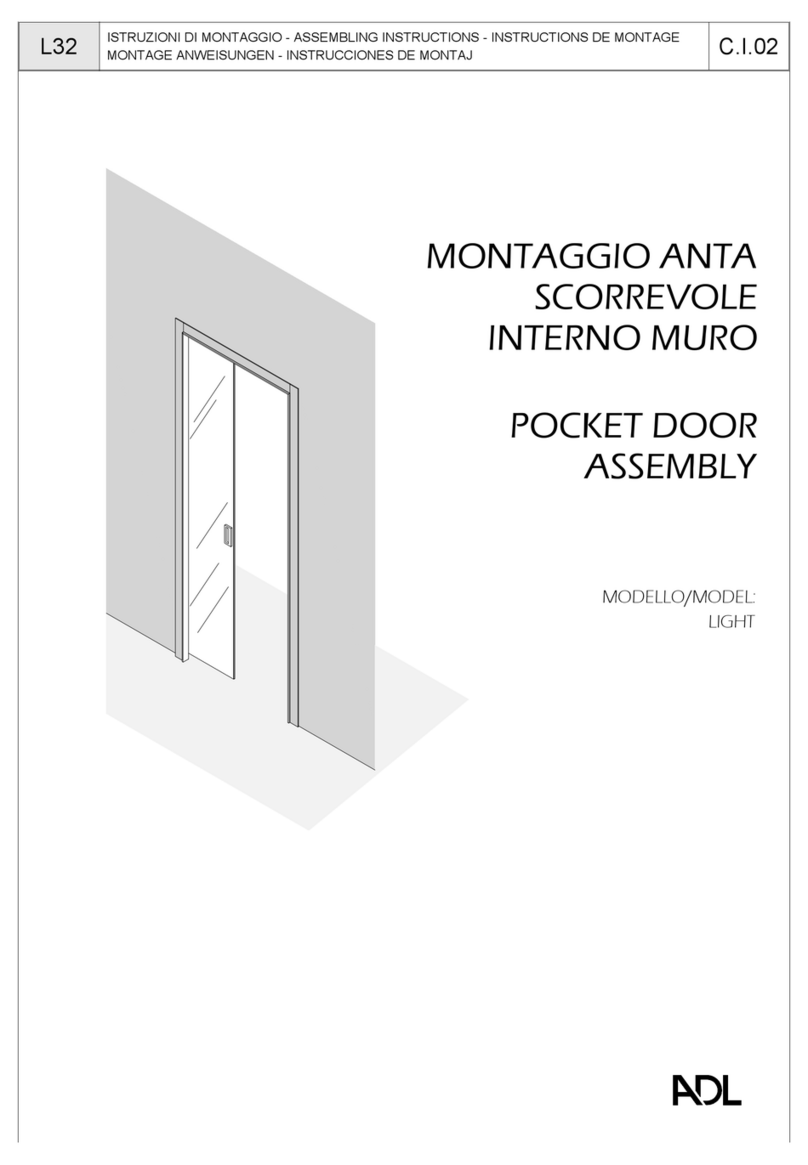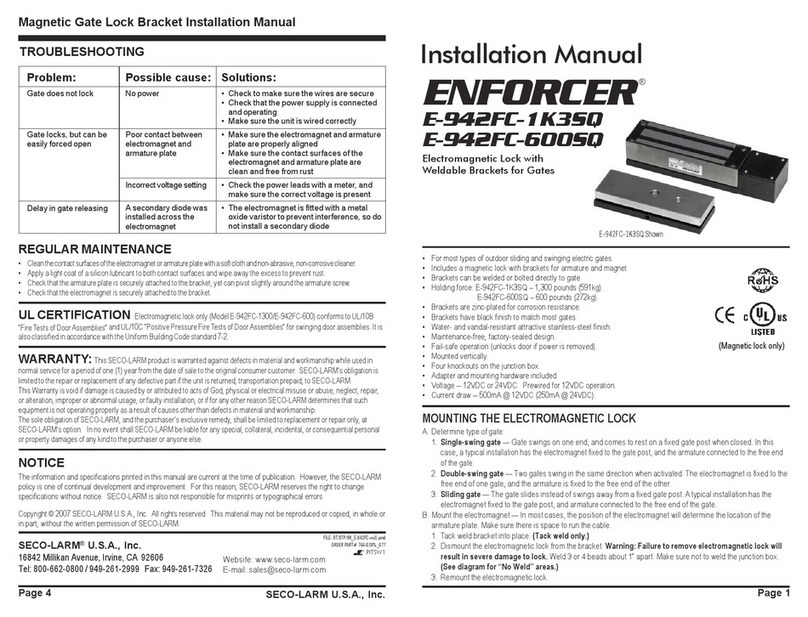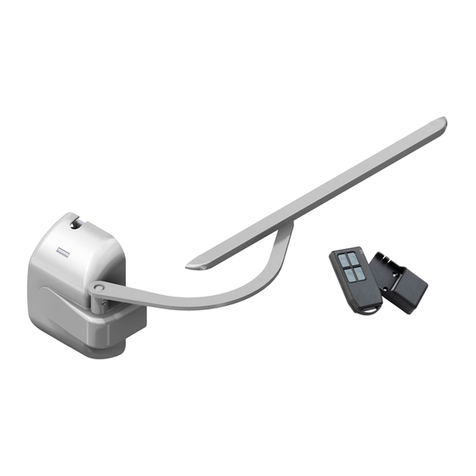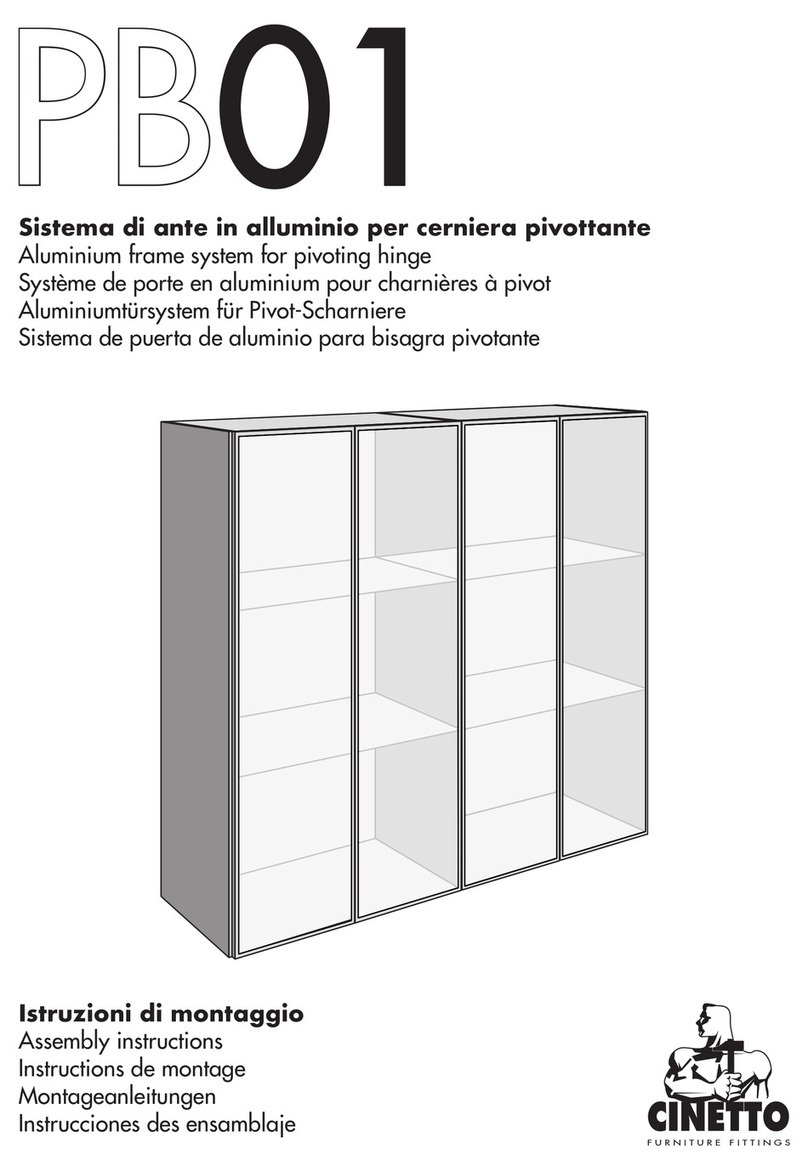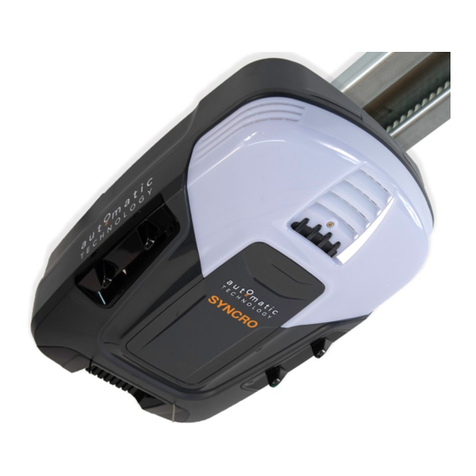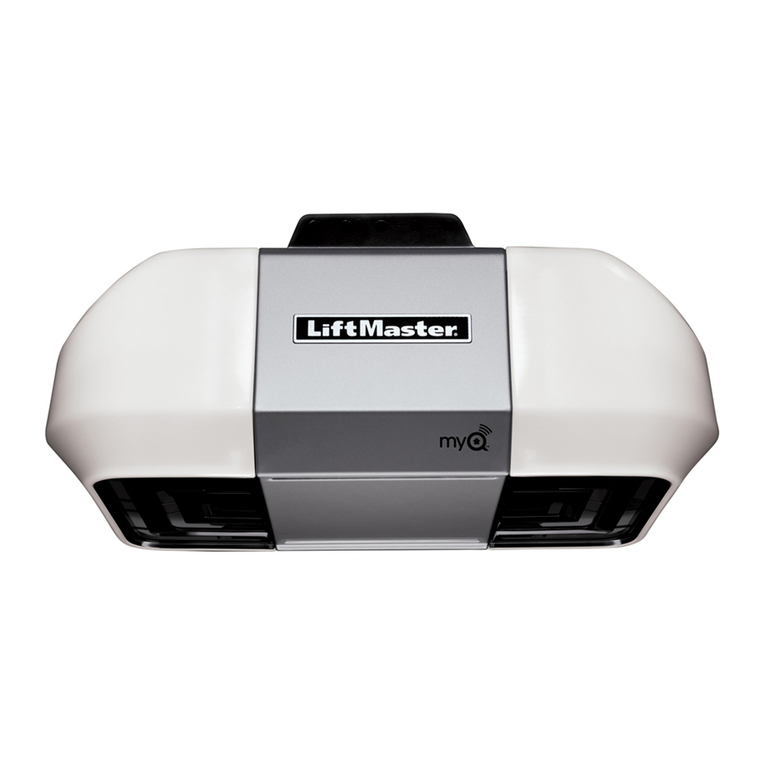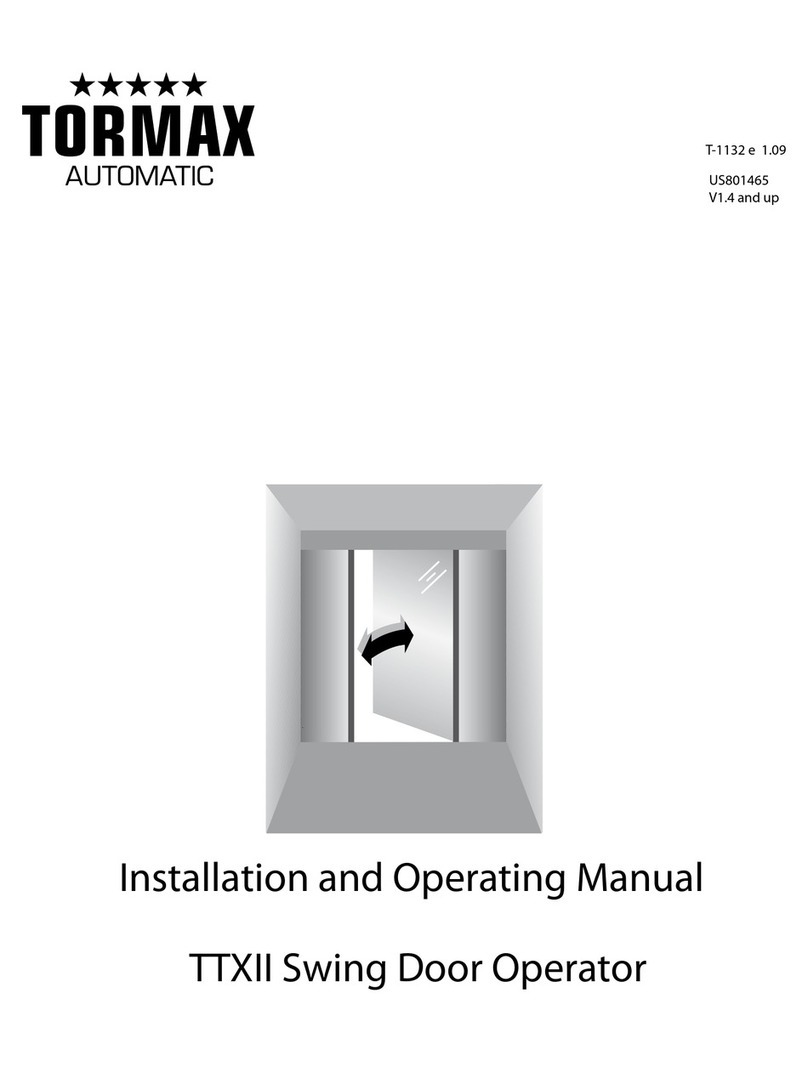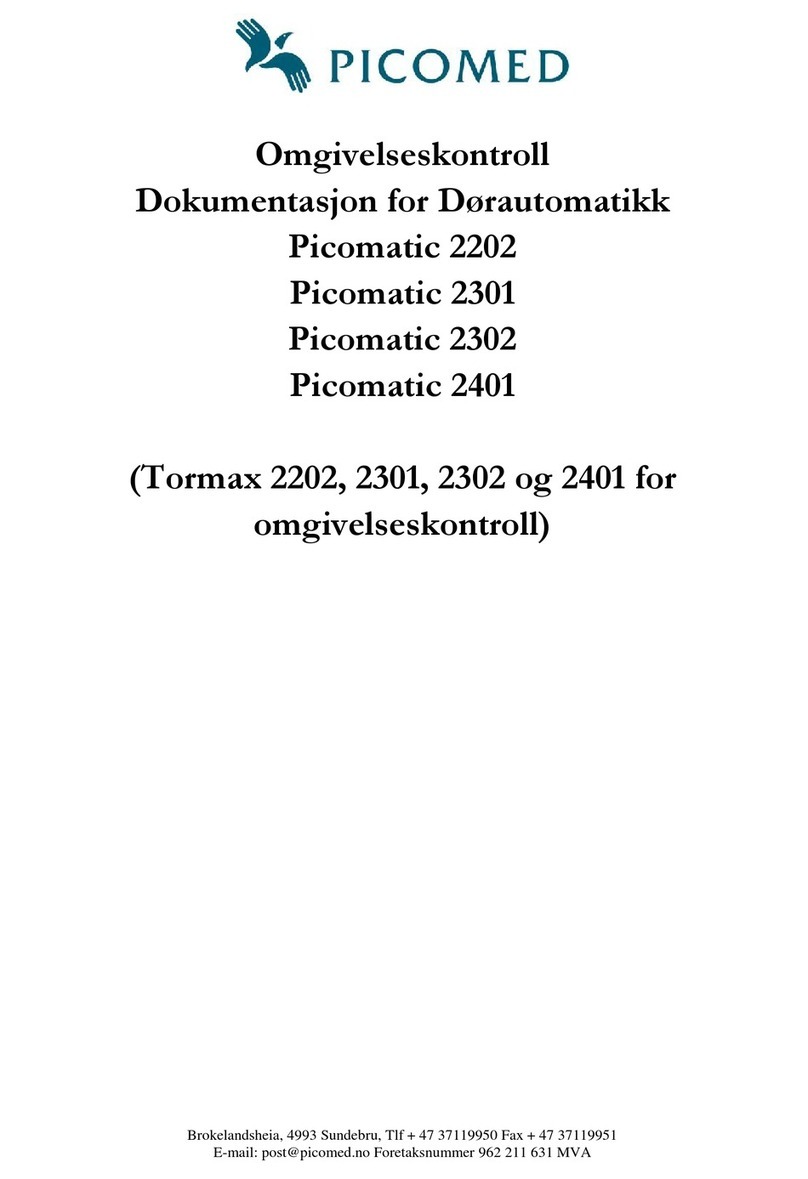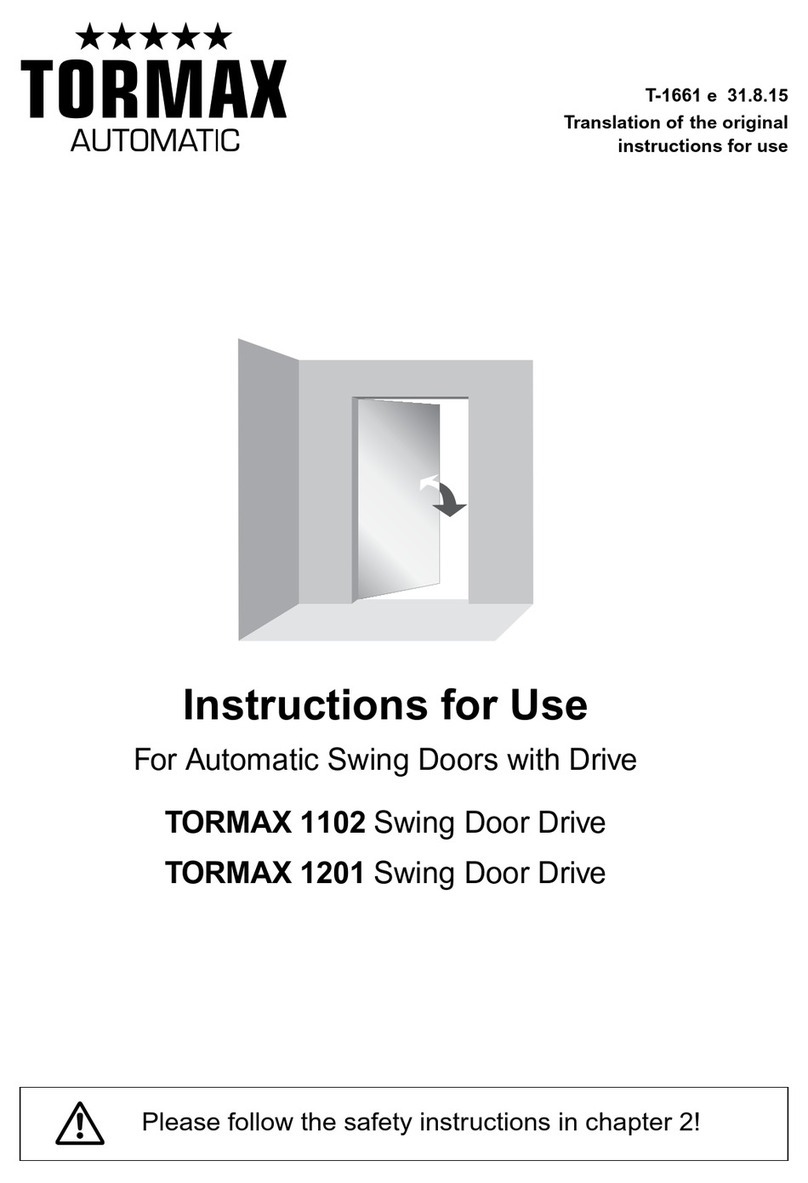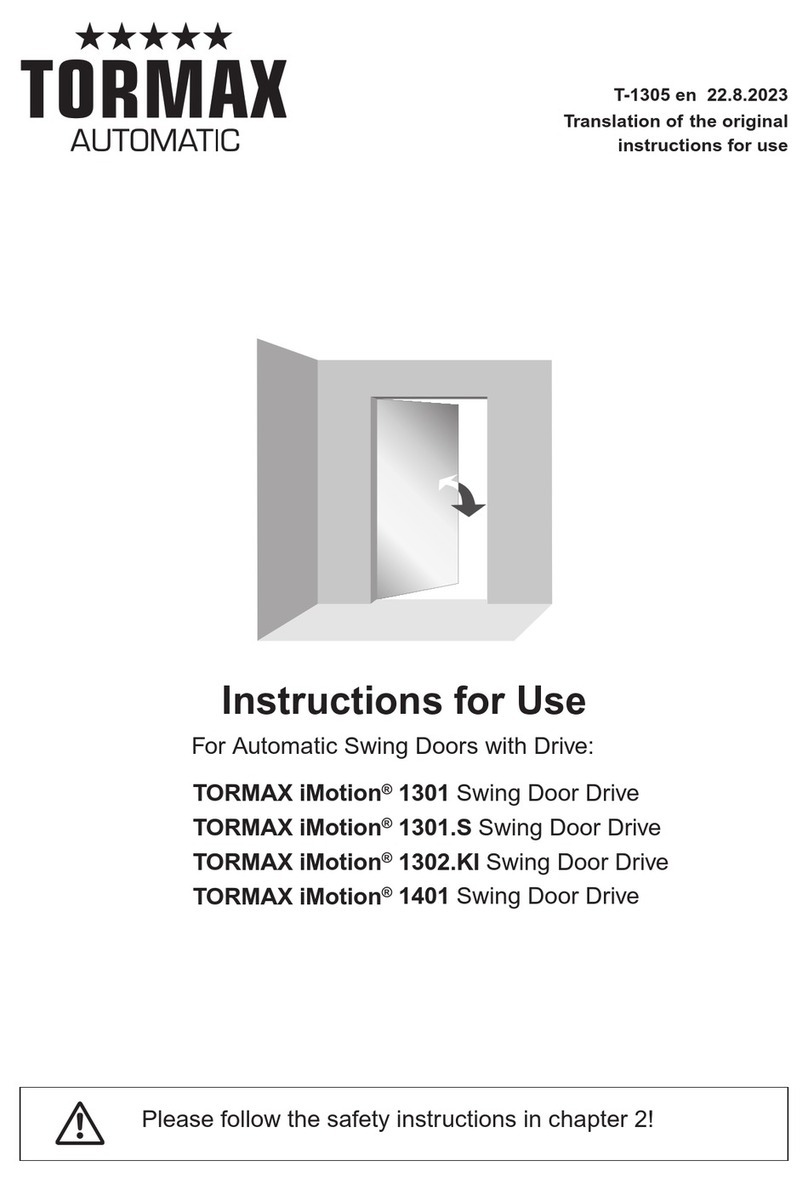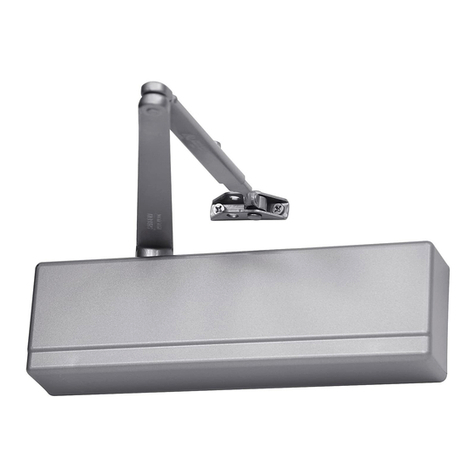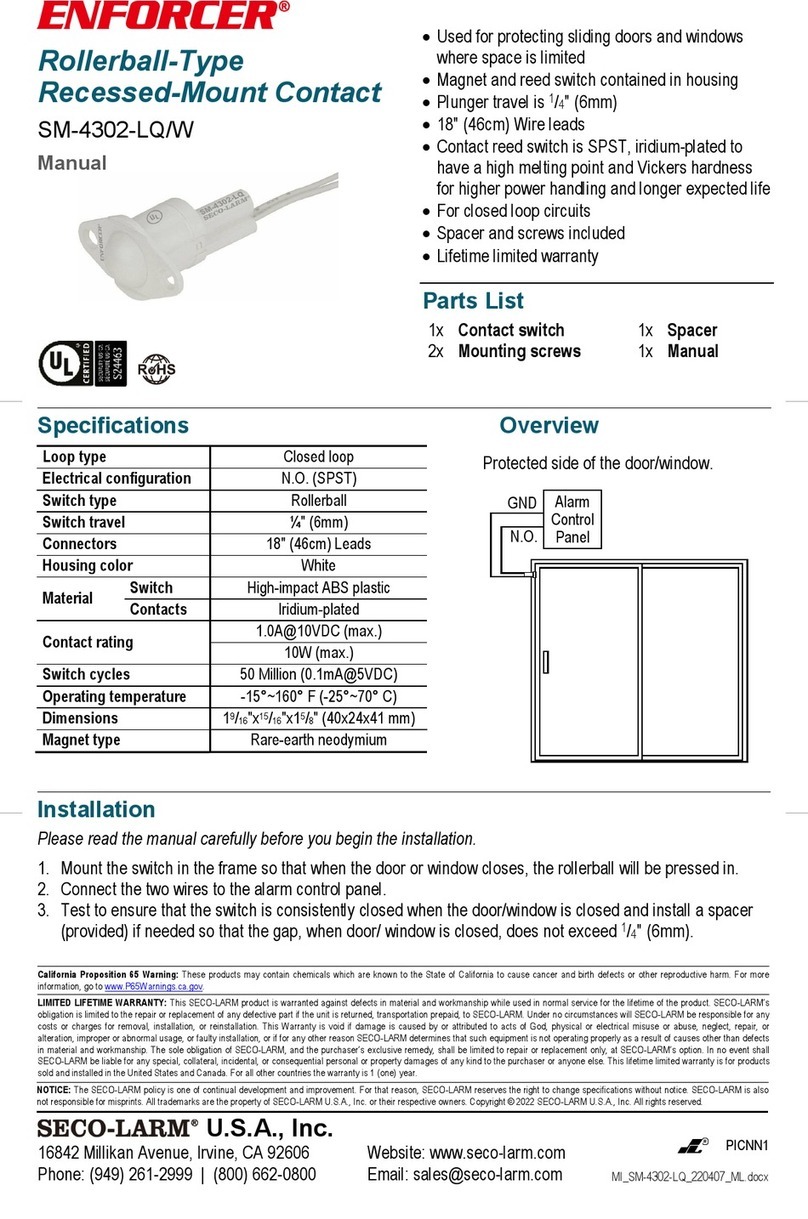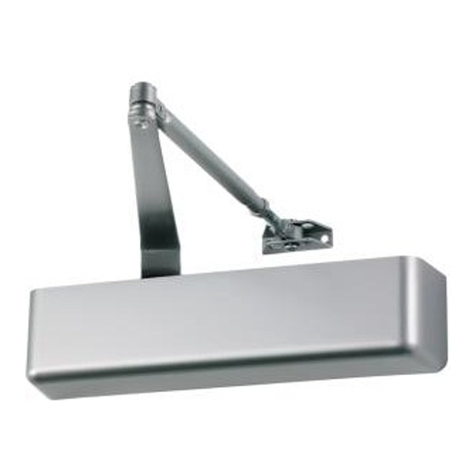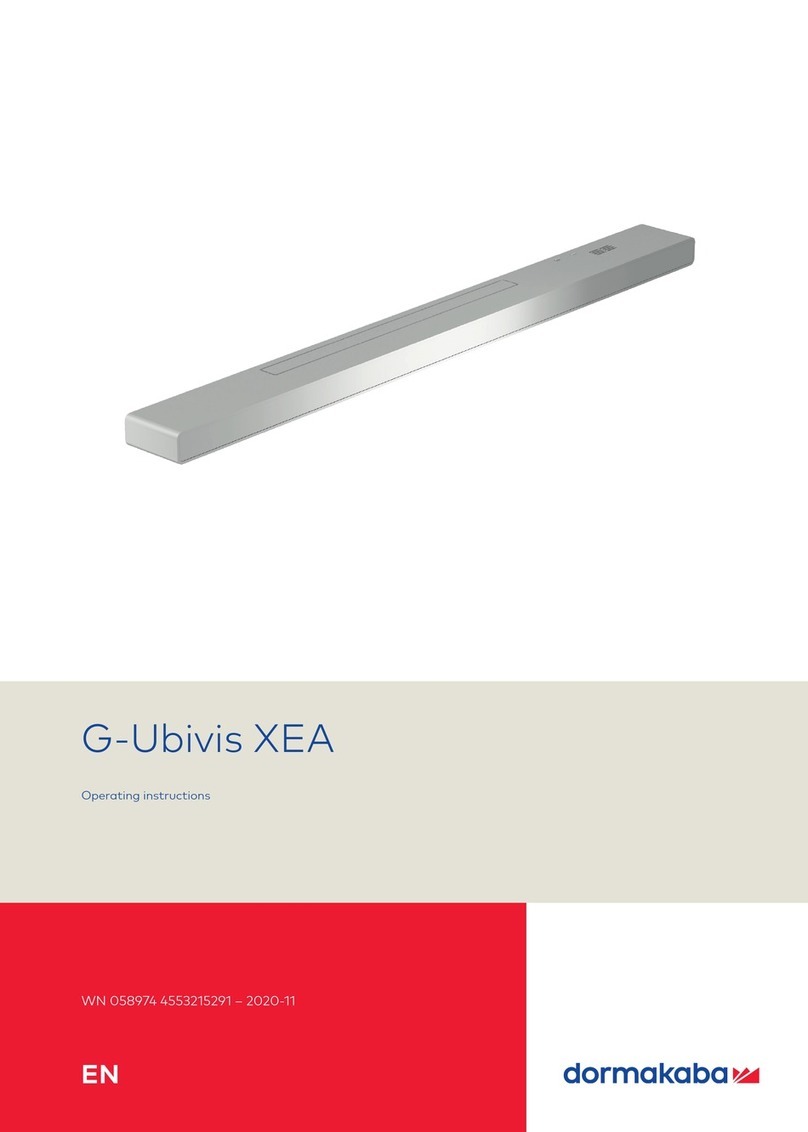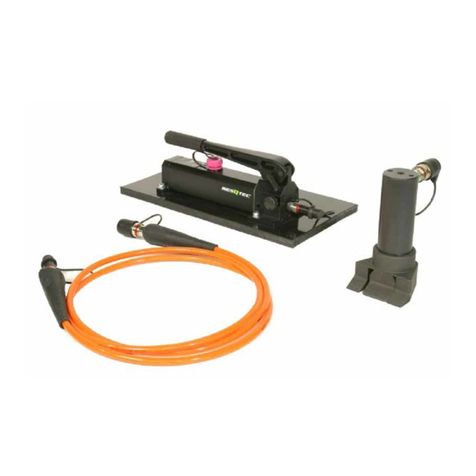
Intended Installation Environment
The 1102/ TTX and the 1201 are non-handed swing door operators that can be used on
interior or exterior doors.
The operator is mounted above the door on the inside of the building. Any other use, or any
use exceeding this aim, is deemed as not used in accordance with its intended purpose.
The manufacturer will not be liable for damages resulting from such applications or warranty the
product. Arbitrary changes to the system will exempt the manufacturer from any liability for
damage resulting from this.
The 1102/ TTX is designed as a Low Energy operator to comply with ANSI A156.19
standard.
The 1201 can be utilized as a Low Energy operator and comply with ANSI A156.19
standard, or setup to operate as a Power Operated Pedestrian Door and comply with
ANSI A156.10 standard.
Upon completion of the installation the technician should perform an AAADM inspection to
ensure that the door complies to the appropriate standard ANSI a156.19 or ANSI A156.10
in which it is setup to operate within.
Door Operation
The 1102/ 1201 mode of operation is control by a 3-position switch (standard) or a (FCP)
Functional Control Panel (optional). The primary mode of operations are:
Off - The door remains in the closed position with lock engaged, but can
be opened by the Key Switch activating input.
Automatic - Two-way traffic, typical setting for normal operation. Allows the interior &
exterior sensors, Key switch and safety devices (if applicable) to operate
the door.
Hold Open - The door goes to the open position and remains there until the switch is taken
out of this position.
Upon a power loss the operation of the 1102/ 1201 operating system will function according to
specifications:
Immediate spring closing.
The operator functions as a manual door closure.
Lock function will operate to specification (fail secure/ fail safe).
Continued operation , if equipped with a battery backup.
ANSI/ BHMA A156.10, A156.19 standards - Knowing Act Switch
Doors activated by a manual switch must have the switch installed in a location
from which the operation of the door can be observed by the person operating
the switch. Refer to the latest revision of ANSI/ BHMA A156.10 or A156.19 for
location of Knowing Act switch and time delays.
4
Important Information




















